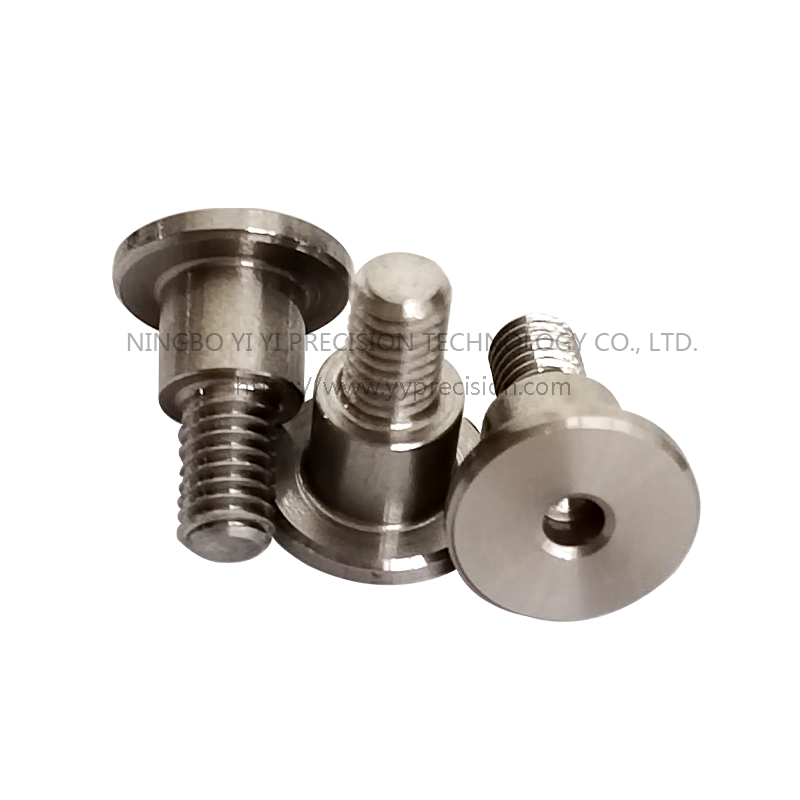In the world of precision engineering, where accuracy and reliability are paramount, the demand for high-quality hardware parts continues to soar. Industries ranging from aerospace and automotive to electronics and robotics rely heavily on precision components to ensure optimal performance and safety. While standard hardware parts have long been the go-to option, a new trend is emerging that is revolutionizing the field—non-standard high precision hardware parts.
Traditionally, precision engineering relied on standardized parts that were readily available in the market. However, as technology advances and industries demand more intricate and specialized designs, standard parts often fall short in meeting the unique requirements of cutting-edge applications. This gap has led to the rise of
non-standard high precision hardware parts, customized to fit the specific needs of each project.
Non-standard high precision hardware parts are meticulously engineered components that are tailored to the precise specifications and tolerances required by the application. Unlike their standard counterparts, these parts are not mass-produced but instead manufactured on-demand, utilizing advanced technologies such as computer-aided design (CAD) and computer numerical control (CNC) machining. This allows engineers to create intricate designs with micron-level precision, enabling them to push the boundaries of what was previously possible.
One of the key advantages of non-standard high precision hardware parts is their ability to optimize performance and efficiency. By tailoring the design to the exact requirements of the application, engineers can minimize the risk of error, reduce material waste, and improve overall system performance. Whether it's a complex gear mechanism in an automotive transmission or a delicate component in a medical device, non-standard high precision hardware parts ensure that every aspect of the system operates flawlessly.
Moreover, non-standard high precision hardware parts empower engineers to innovate and explore new possibilities. With the flexibility to design and manufacture custom components, engineers can overcome limitations imposed by off-the-shelf parts and develop groundbreaking solutions. This newfound freedom opens up avenues for enhanced functionality, increased reliability, and improved product lifespan. By embracing non-standard high precision hardware parts, industries can stay at the forefront of technological advancements and gain a competitive edge in their respective fields.
As the demand for precision engineering continues to grow, the exploration of non-standard high precision hardware parts marks a significant shift in the industry. By embracing customization and pushing the boundaries of what is possible, engineers are revolutionizing the field, enabling unparalleled precision and functionality in a wide range of applications. As technology continues to evolve, it is crucial for industries to recognize the value of non-standard high precision hardware parts and collaborate with expert manufacturers to unlock the full potential of their projects.
In conclusion, non-standard high precision hardware parts are transforming the landscape of precision engineering. These tailor-made components offer unmatched accuracy, optimize system performance, and empower engineers to push the boundaries of innovation. While challenges exist, the benefits of customization far outweigh the drawbacks, making non-standard high precision hardware parts a game-changer in industries that rely on precision and reliability. As this trend continues to evolve, we can expect to see even greater advancements in precision engineering, paving the way for a future of unparalleled possibilities.

Position The Fastening Screws Precisely, Common Terminology Machinery, Furniture Fastening Screws
Material: SUS303
Weight: 6g
Size: Od 10 * Length 13.0
Thread Size: M4
Plum Size: T15

